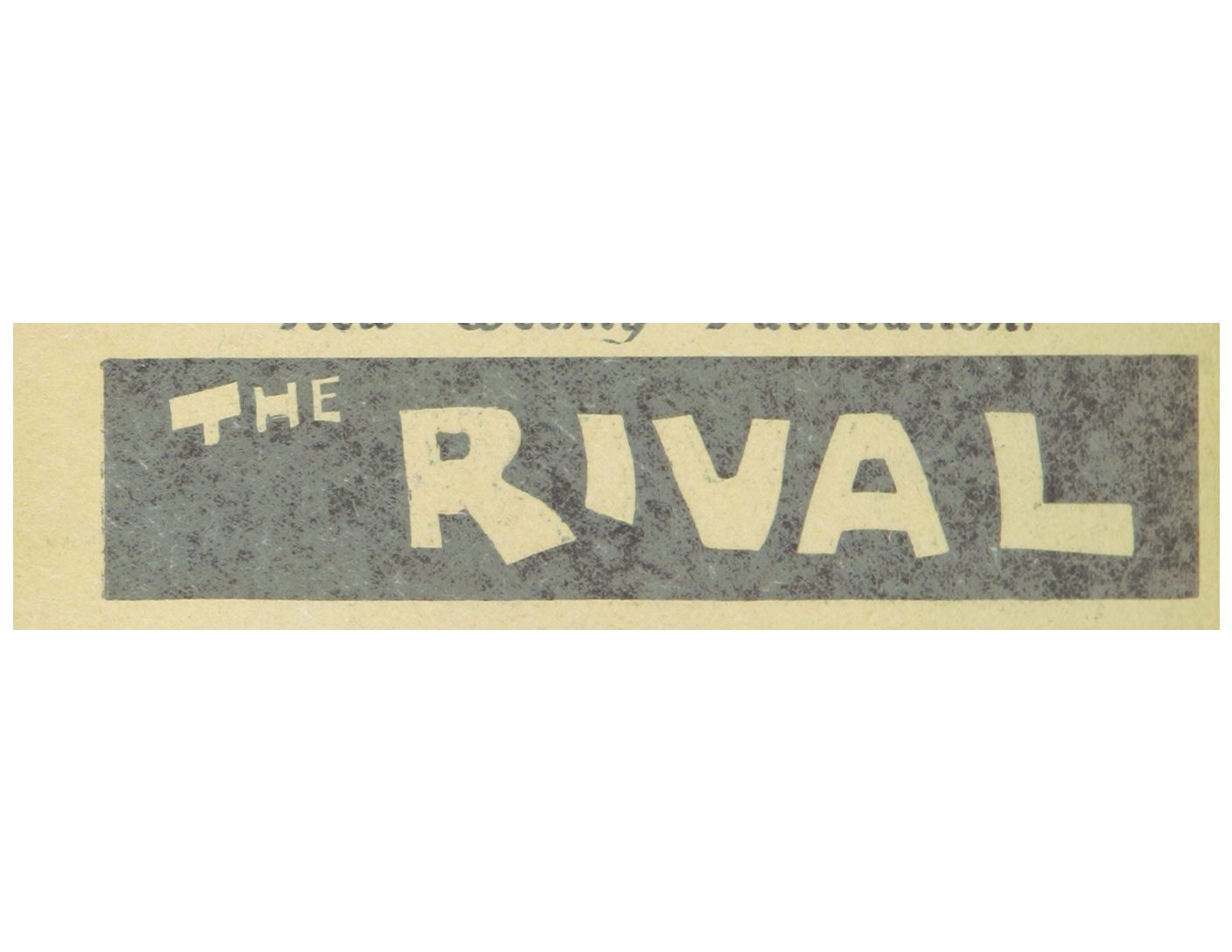If you aren’t swamped by the chaos of Covid-19 – and, believe me, it seems to take twice as long to get half as much done these days – now may be a good time to prepare the evergreen portions of your book proposal. That is, if traditional publishing is the route you’re going and if you plan on courting literary agents and publishers.
Plan Chapter Summaries
I write a lot about building a social media following, and one way to get a jump on the foundational aspects of your manuscript before publication is to work on chapter development: what’s going into each chapter and why.
Each chapter is an opportunity to highlight your credentials and show how you approach facts, ideas and perspectives. And, once you have developed each chapter, you are in a better position to send out your proposal submissions.

Organize. In terms of length, think one page per chapter summary. The internet houses dozens of templates and graphic organizers to guide you. Avoid checklists that are too elementary. Find one that best fits your subject matter – one that forces you to get specific and pushes you to define your organizational and structural elements.
Detail. After brainstorming various topics to include, list points on every topic you will cover per chapter. Organize information so chapters flow from robust beginning, middle and end.
Flow. In what order will you introduce each topic? Will you introduce the topic with a story or statistics or steps? How will you illustrate the topic’s prominent points? What primary and secondary research will you use to support? Consider visual and maybe even interactive elements. Push yourself to include as much specificity as possible. Build toward a strong conclusion that reveals something new and connects both past and future topics. Organize your thoughts so what you ultimately create is relatable content exquisitely written.
Visualize. Do you have more of a visual concept or an aversion to outlining? Create a thumbnail sketch, mind map or story board. Illustrate how individual chapters will flow.
Share. Ask others to read your chapter summaries. Consider trusted sources for input – and stay open to their critiques. If readers share concerns about the same section, you know you’ve hit a bump in the road. Decide if the issue needs a quick tweak or complete revision, but don’t ignore it. The section needs your attention. Have the courage to dig deeper to make it better. Understand what readers need.
Relate. In addition to building each chapter’s structure and support, explain how this information will change the lives of your readers. They need to know that every chapter will improve their lives by some spectacular margin or get them steps closer to some bigger picture. So, if you’re positioning your book for big sales, understand what your book is the first to do. Why is this important and to whom?
Publish Early Articles
As you create your chapter summaries, begin identifying a section within your overall content that you can pull out, develop and spin off into an independent publishable article. Publishing articles in advance of your book publication will elevate your marketable authority and help you build the social media capitol you need to land a literary agent, publisher and, ultimately, a larger following and readership.
Literary agents and publishers reviewing your book proposal appreciate seeing a healthy list of published pieces as part of your submission. Help them see your ideas are current, relevant and being well-received.
When you can check the “I’m published” box in your book proposal submission, you are showing literary agents and publishers that you are a serious writer and that they can bank on you to write the book.
As focused as you need to be as a writer, you are also the only one who can decide whether to stay the course and write only on your chosen topics of interest or stay open to the new angles and ideas that current publishing outlets want to promote.

For example, if a publication asks you for a topical piece that veers from your goal, decide if that’s an opportunity or a pass. Some ideas may need to evolve due to a current event or a new interest that’s trending in your field. Others won’t.
Understand Your Competition
Writing brief competitor analyses is a time-consuming task but a relatively linear and easy one to accomplish. The key to writing these brief summaries is to maintain an upbeat tone and keep them succinct.
Read at least half a dozen books by your closest competitors and ones you admire. The more you find that have sold or are selling well the better. Choose books that are a mix of current bestsellers, popular classics, academic titles, books by colleagues in your field or those writing in your genre.
Points to Cover. Write one or two brief paragraphs to summarize the book, comparing and contrasting your work to theirs. What is the book about? What does it do a good job covering? What doesn’t the book cover that yours will?
- Title, Author
- Publisher, Year
- Sales-to-date, if you can get them
- What the book is about
- Major strength, weakness
- How your book will differ
Literary agents want to know what you like about your competitors’ books, where their strengths and weaknesses are, and what your book, in contrast, will be the first to do.
If these analyses are harder to write than you thought they’d be, focus on a few ideas from the details within your competitor’s book. Take note of all the elements, both positive and negative, that capture your attention.
Note Finer Features. What do the structure, format, design, art and extra features look like in books by competitors? Art may include charts, graphs, graphics, infographics, illustrations, photos. Extra features may include side bars, exercises, activities, tests, case studies.
- What features are a part of each chapter?
- Do they use a formula you like or dislike?
- How do they structure their table of contents?
- Do they include an index? Citations? An epilogue?
- How will your book be different (aka: better)?
Other Genres. What bestselling book do you admire outside of the genre you are writing? Does your book have a similar approach or style that resembles it? If you want literary agents and publishers to understand your angle in a nutshell, connect some aspect of it to a bestseller they would recognize.
Category Fit. Please don’t say you don’t have any competition – at least not to any professional in publishing. If you do, that statement will only reveal that you have not done your homework, which sits right next to the kiss of death.
Not only does your agent want to know where your book fits into the universe of literature, so do booksellers. They need to be able to categorize it if they are going to sell it. So, yes, your book does have competition because it must fit into at least one sales category. This is an indisputable fact.
Of course, you are not going to find a book identical to yours, but you will find plenty that are close enough. Maybe even a few published by your dream publisher. Find out.
A Final Word on Preparing Your Book Proposal
Unless you are self-publishing, keep chipping away at the evergreen basics of your book proposal until they are done – to-dos like updating your CV and narrative bio. That way, when you find the right literary agent, you will be in position to more quickly email your proposal to them and get feedback from them.
Another upside to having your book proposal ready in advance is that you haven’t wasted time writing an entire manuscript your new literary agent or publisher may ask you to rethink.
